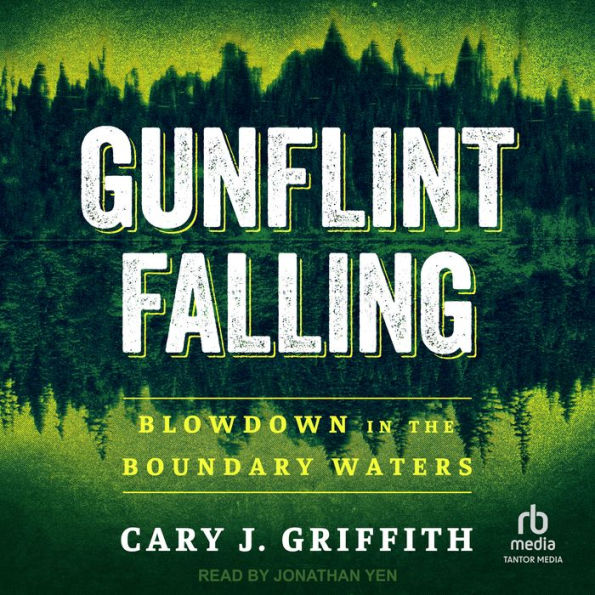"Cary J. Griffith makes full use of his impressive talents for interviewing people to obtain truly interesting and previously unknown perspectives and details on the 1999 blowdown. He skillfully weaves these interviews into a complex and captivating story that conveys how incredible this event was and why it deserves a prominent place in Minnesota’s history."—Lee E. Frelich, director, Center for Forest Ecology, University of Minnesota
"In the tradition of The Perfect Storm, Cary J. Griffith brings readers into the Boundary Waters moment by moment as an epic gale sweeps through. Ample maps and in-depth interviews with witnesses both immerse us in one terrifying day and offer a glimpse of the past and future of Minnesota’s boreal forest."—Kim Todd, author of Sensational: The Hidden History of America’s “Girl Stunt Reporters”
"In Gunflint Falling, Cary J. Griffith provides an accurate, comprehensive narrative of those impacted by one of the region’s most devastating storms. The damage and pain brought by the derecho storm was more severe than anything previously experienced in the Boundary Waters Canoe Area Wilderness. The reader is taken into the personal experiences of the injured and those searching for them for fourteen days in the million-acre wilderness, and Griffith’s narrative of these experiences demonstrates how, when faced with an emergency, we come together to help one another."—Jim Sanders, retired forest supervisor, Superior National Forest (1996-2011), USDA Forest Service



